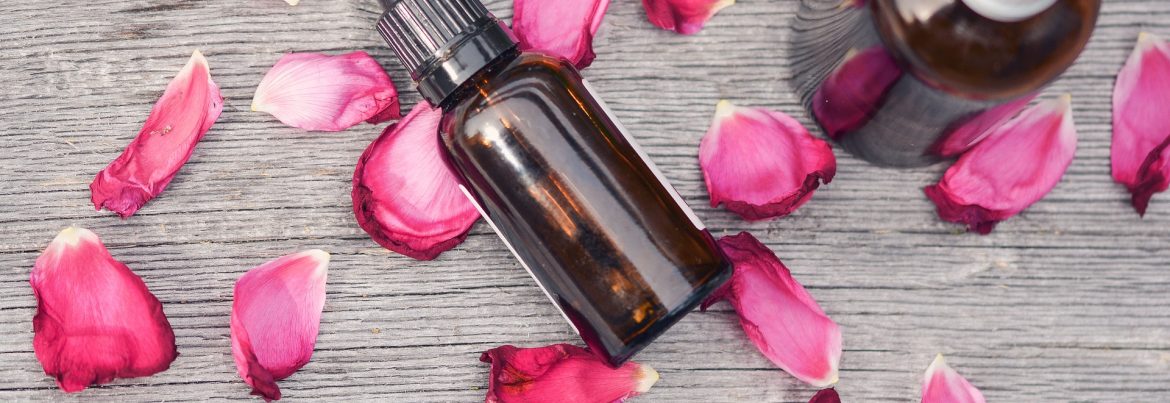10th October 2019
Thursday October 10th is World Mental Health Day 2019, and to coincide with this important day we are taking a look at some of the fragrance...

23rd September 2019
Floral fragrance ingredients are among the most popular and versatile of aroma ingredients with applications in everything from household cleaners and air fresheners, to scented candles and perfumes.
A rich, mixed floral scent gives a product a sense of luxury and quality, as well as allowing manufacturers to create new and unique aromas even in this crowded market segment.
Here are three popular floral aroma ingredients and some of the ways in which they are commonly used in commercial applications.
Linalol (also spelled Linalool) is a naturally occurring aroma ingredient produced by many different species of flowers, herbs and spices.
It can be found in more than 200 different types of plants, shrubs and trees, including birch trees, rosewood, laurel, cinnamon, citrus fruits and varieties of Cannabis including indica and sativa.
Linalol comes in two general forms as it is stereogenic. R-linalool, also known as licareol, has a woody, lavender scent, while S-linalool, also called coriandrol, is more commonly used in sweet, floral applications.
As one of the most commonly used fragrance ingredients, Linalool can be found in the majority of soaps, shampoos, lotions, detergents and other domestic hygiene products.
Linalyl Acetate is a floral fragrance ingredient with a fresh lavender scent, making it incredibly versatile across a wide range of different household products.
Lavender aroma ingredients are of course found across the full spectrum from soaps and lotions to household cleaning products, floral scented candles and feminine perfumes.
Linalyl Acetate also has applications as a flavour ingredient, and is among the main components of lavender essential oil and also in bergamot essential oil.
In terms of chemistry, Linalyl Acetate is an ester of Linalool, and the two can often be found together.
The clue to the aroma of Methyl Dihydro Jasmonate (or sometimes spelled as Methyl dihydrojasmonate) is in the name, as it is a fragrance ingredient with a scent similar to that of jasmine.
Also commonly referred to as Hedione® , Methyl Dihydro Jasmonate’s aroma profile is powerful, providing a floral scent that is desirable for its natural olfactory atmosphere.
Hedione® is commonly found in fragrance products, but also in some flavour applications including flavoured tea, citrus, and stone fruit based products.
It has even been credited as the single most influential compound in modern perfumery, by the master perfumer and flavourist Arcadi Boix Camps.
Soon after the introduction of Methyl Dihydro Jasmonate, Camps wrote in 1978: “Hedione® is the compound that without a doubt has most influenced modern perfumery and has allowed the great artists to develop their ideas with inspiration.
“This chemical has put its seal with such force on the present that perfumery has finally come into its era.”
Zanos supplies these aroma ingredients as well as other essential oils and aroma chemicals.
We are happy to help you find what you are looking for. Email webenquiries@zanos.co.uk or speak to our Sales Specialists on 01565 755899.